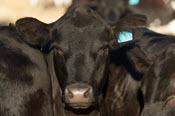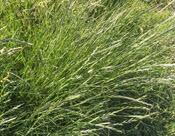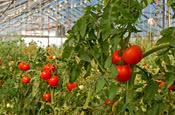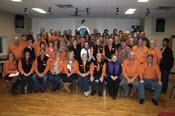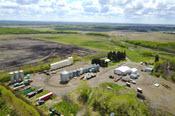Building better soil with biochar
Beating cattle belches with biochar while improving feed efficiency
By Jim Algie
The addition of relatively small amounts of biochar to cattle diets could reduce greenhouse gas emissions while also improving feed efficiency in ways that support the greening of Canada’s cattle industry.




